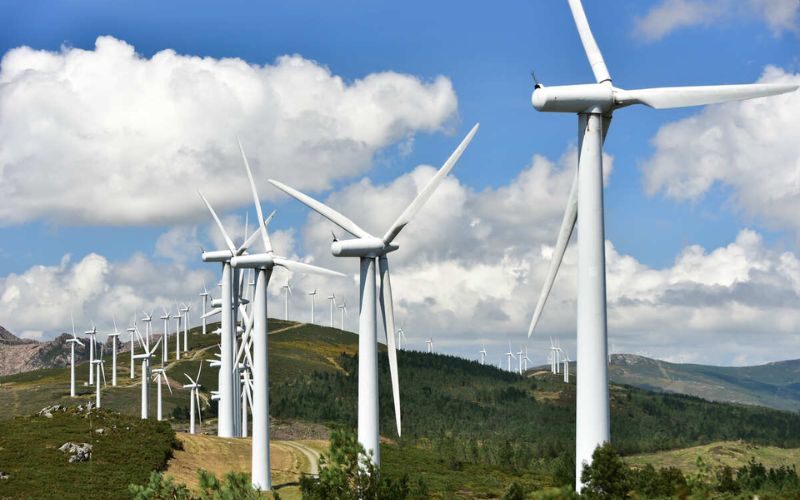
The recent inauguration of the world's largest ultra-high-altitude wind farm in Tibet has raised concerns regarding its vast natural resources, including its potential for renewable energy like hydro and wind power, are exploited to benefit China's energy needs and economic development. China's control and occupation of Tibet extend beyond geopolitical interests.
The 100-megawatt wind farm, situated at a staggering altitude of 4,650 meters in Tibet's Seni District, is a project developed by CHN Energy, intended not only to provide electricity but also for research and development purposes aimed at advancing large-scale ultra-high-altitude wind farms.
Tibet holds immense potential for renewable energy due to its high altitudes and strong winds. However, China's development projects in Tibet are primarily aimed at harnessing these resources to meet the growing energy demands of its mainland, often without proportional benefits or considerations for Tibetans.
China's focus on hydro power in Tibet has led to the construction of numerous dams on major rivers originating in the region. While touted as clean energy sources, these dams have had severe environmental impacts, disrupting river ecosystems, displacing local populations, and affecting downstream regions.
China often portrays these large-scale projects in Tibet as environmentally friendly and essential for clean energy generation. This 'greenwashing' technique masks the ecological and social consequences of such developments while projecting an image of environmental responsibility.
The Chinese government actively controls the narrative surrounding Tibet's energy projects, emphasizing their role in promoting sustainable energy while downplaying or concealing the adverse effects on the local environment and communities.
Tibetans have limited say or control over the use of their land's resources. Their traditional knowledge and concerns about environmental preservation are often ignored or suppressed in favor of centralized development plans driven by Beijing's agenda.
While these energy projects might generate power for China's consumption, the benefits, both economic and social, rarely trickle down to benefit the local Tibetan population, perpetuating disparities and inequalities.
The exploitation of Tibet's energy potential by China, under the guise of green energy development, could have long-term detrimental effects on the fragile ecosystem of the Tibetan plateau, affecting biodiversity, water resources, and the livelihoods of indigenous communities.
International scrutiny is essential to ensure transparency in assessing the real impact of China's energy projects in Tibet. This scrutiny would hold China accountable for its environmental claims and the actual effects of its actions in the region.
Edited and collated by Team TRC